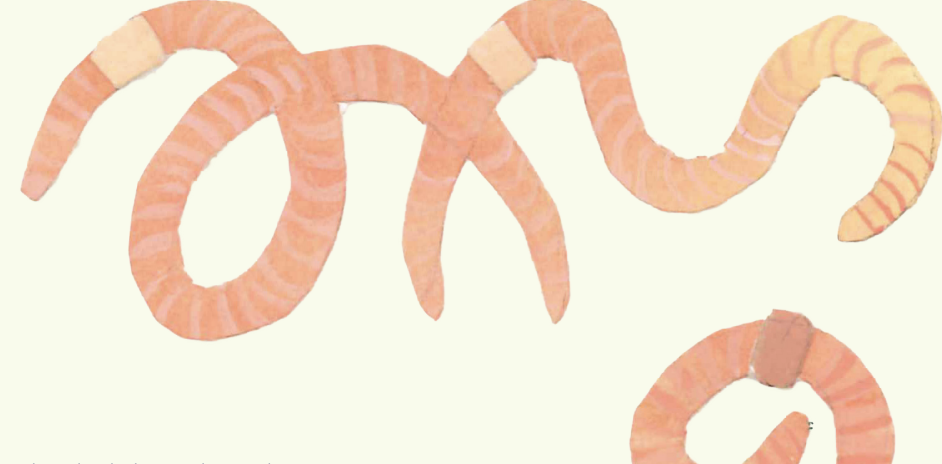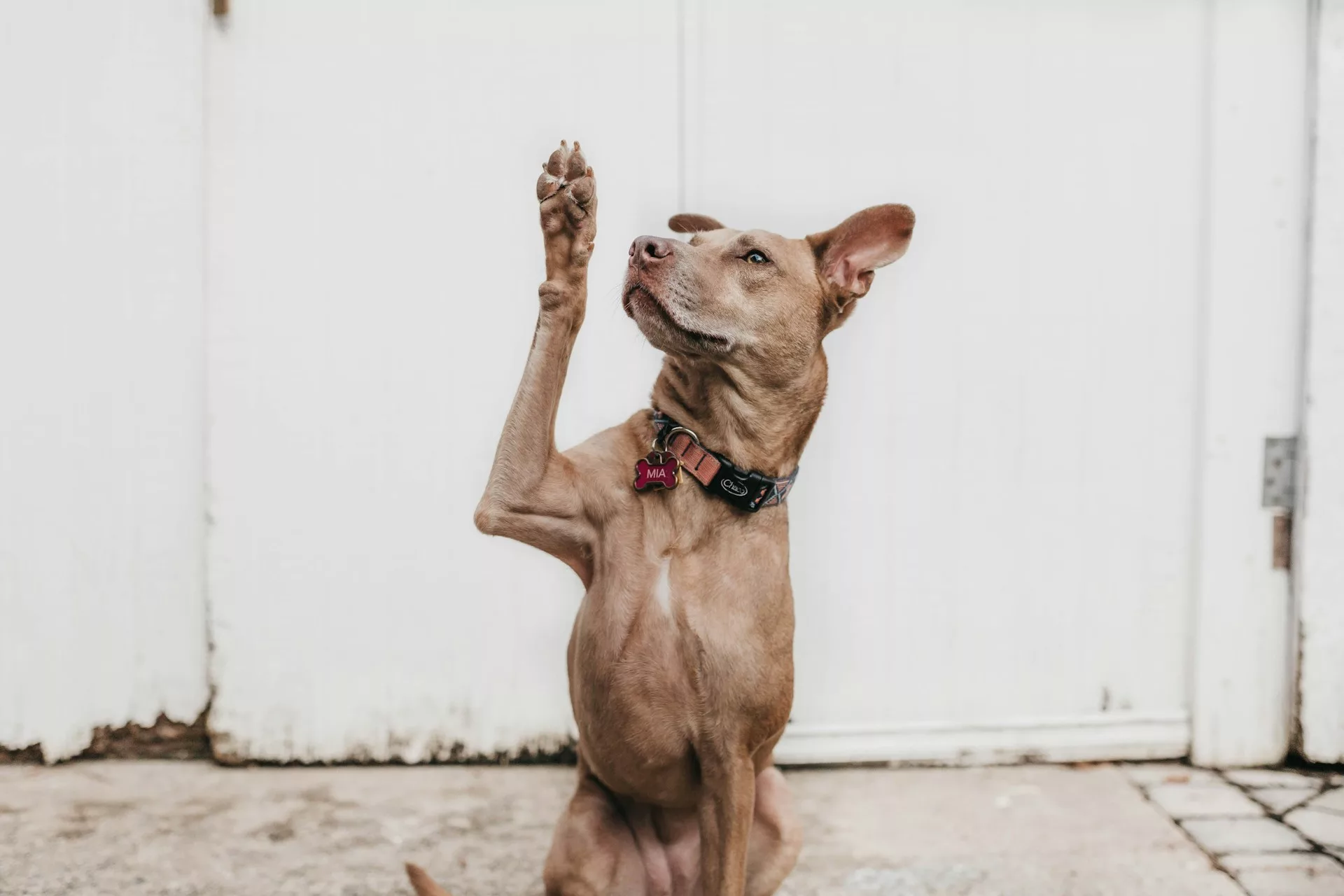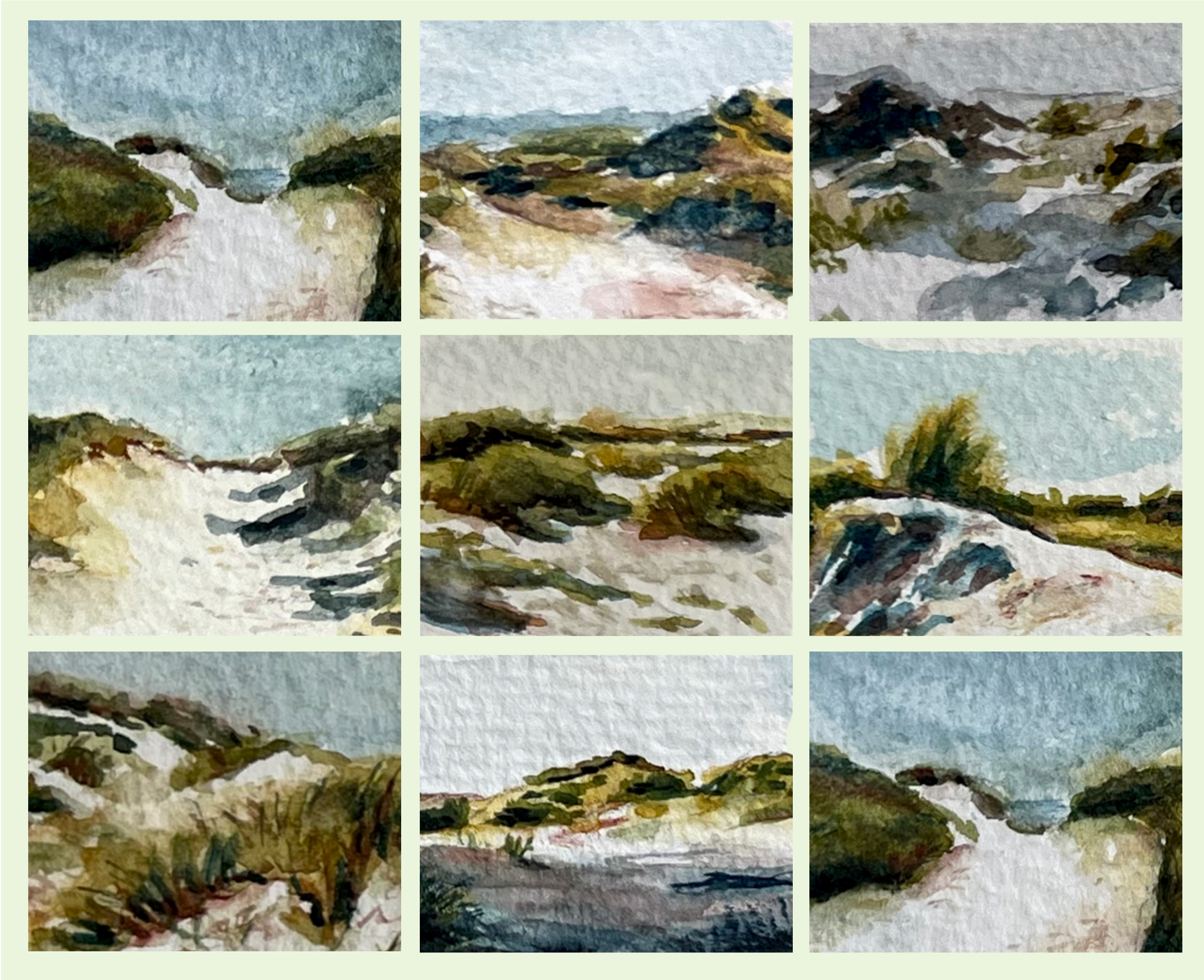By Grace Kirman
This article was originally published in The Oxford Scientist Michaelmas Term 2021 edition, Change.
The phenotypic discordance between myself and my sister has always intrigued me. It’s normal, of course, for genetic variety to exist amongst siblings, but as a monozygotic twin I’m acutely aware that our shared genotypes should manifest themselves equally. Despite this, I still notice dissimilarities between my twin and I which mirror those experienced by non-identical siblings. As I’ve grown older, I’ve observed an even greater divergence concerning both our looks and characteristics. Nowadays, we seem less like carbon copies and more like genetically distinct beings–how is it that such difference can arise from a communal genetic code? It seems that the answer lies within epigenetics.
Epigenetics focuses on how behaviour and environment can change the way your genes work. To be more specific, epigenetic modifications are chemical attachments to DNA which alter the frequency of gene expression, but do not change our underlying DNA sequences. So despite sharing an identical genome with my sister, our epigenomes are drastically different. Research shows that epigenetic modification is influenced by factors such as diet, exercise, and stress; therefore experiencing these factors to different degrees has resulted in a phenotypic rift between myself and my twin. Any differences between us aren’t due to differing genetic codes: they are solely due to exposure to different environments.
To give a real-life example, when I was younger my sister played football for our local team. Every Sunday she’d get up and run around the pitch for an hour or so, and every Wednesday she’d attend training. I, on the other hand, felt great success if I was able to drag myself out of bed on a Sunday and merely observe her efforts. Considering this at the epigenetic level, whenever my sister exercised she was contributing positively to her epigenome. When a person exercises regularly, chemical groups will attach to their DNA and alter the way that it’s packaged. Some groups will cause DNA to pack together tightly, restricting the accessibility of DNA to enzymes associated with gene expression, and consequently reducing the frequency at which the product of the gene is synthesised. Alternately, other epigenetic modifications may loosen DNA and cause a higher frequency of gene expression.
The effects of epigenetic modifications stretch far and wide across the genome, yet in current literature researchers are making the most noise about the relationship between epigenetic modification and cancer. Findings show that the effect of physical exercise on certain modification patterns leads to the increased expression of genes associated with tumour suppression, and decreased expression of oncogenes, genes with the potential to cause cancer. Hence, there is a causal relationship between exercise and cancer risk as a consequence of epigenetic modification. From this link, I could conclude that by choosing not to exercise as much as my sister, I’ve greatly increased my chances of developing cancer.
With that being said, nature isn’t this simple: epigenetic modifications and their effects constitute a complex web. It could be that my increased sleep and lack of stress from taking it easy on Sunday mornings similarly contributed to a healthy epigenome. Nevertheless, what is clear is that my sister and I’s individual choices and environments have contributed towards our current differences. In general, the complexities of epigenetic modifications and their effects cannot be simply mapped to single events. Yet, as demonstrated by cancer risk, our actions and environments directly affect how our genes manifest themselves—such that once identical twins may no longer be identical.





